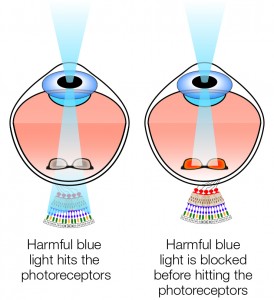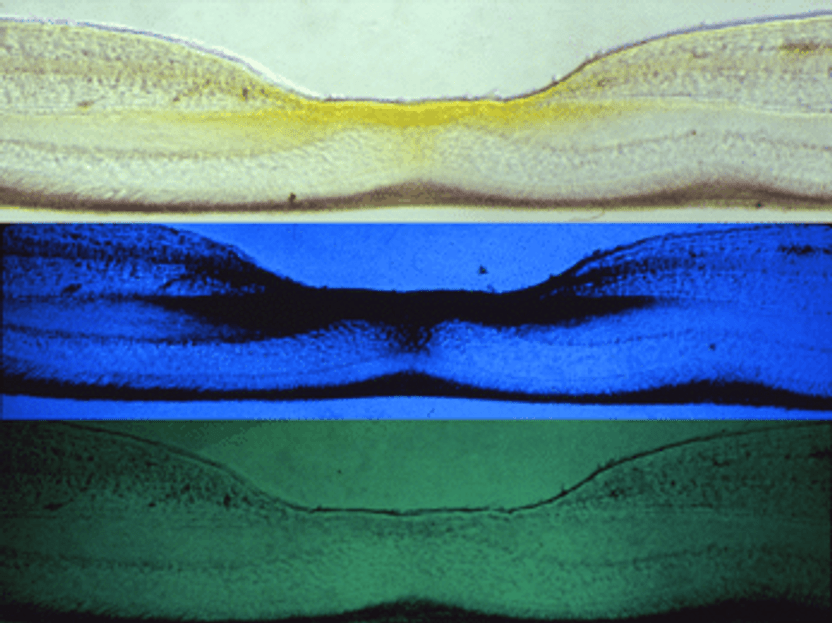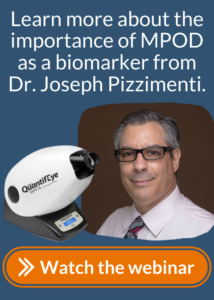What Can MPOD Tell You About Your Patients' Eye Health?
Posted by amess on Dec 1st 2020
If you had to choose one of your senses to lose (sight, sound, smell, taste or touch), which would you pick? If you’re like the majority who participated in a 2014 national opinion survey, then losing your sight isn’t an option. Research America asked over 2,000 people what would be the worst outcome to experience, and vision loss ranked in the top 4 along with cancer, AIDS and Alzheimer’s. Knowing this, it is important to monitor and protect your patients’ eyes in every way.
One of the most prevalent threats to losing vision is ultraviolet and blue light wavelengths. Long-term exposure to these light waves can destroy the photoreceptors in the back of the retina and eventually cause the loss of central vision. The most potent source of these two light wavelengths is the sun, but blue light can be found in digital screens including smartphones and computers, as well as energy-efficient lightbulbs such as LEDs and CFLs. Proper protection against UV and blue light is imperative for your patients’ lasting eye health.

Natural Protection
While sunglasses can protect the eyes externally, the eye’s internal defense against blue light and UV damage is called macular pigment. Found in the fovea, or the center of the macula, macular pigment is comprised of two dietary carotenoids, zeaxanthin and lutein. Healthy pigment functions like “internal sunglasses™”, screening photoreceptors from oxidation and potential harm.
How Macular Pigment Works
Macular pigment absorbs the harmful wavelengths of light, not allowing them to pass and impair the sensitive retinal cells. In this picture, you can see that healthy pigment absorbs the blue light wavelength (represented by the black area in the center of the image), while green light is not absorbed.
What is MPOD?

Unfortunately, 78% of the general population in the U.S. has an unhealthy, or sub-optimal, macular pigment density. The density of macular pigment affects visual function, including:
- Visual acuity
- Contrast sensitivity
- Photophobia
- Glare recovery
- Vision in an open area and how far one can see in hazy conditions
- Ability to see while driving at night
It also determines a patient’s risk of developing age-related eye health issues. To support a healthy macular pigment optical density (MPOD), patients must have the proper amounts of zeaxanthin and lutein. Because the body does not make these antioxidants on its own, they must be ingested. Lutein is commonly found in leafy greens, while brightly colored vegetables like corn and peppers contain zeaxanthin. It can be difficult to get the amounts of these retinal carotenoids to support MPOD in a regular diet.
MPOD as a Biomarker
Low MPOD can indicate several other eye health issues besides an increased risk of blue light damage. MPOD can act as a biomarker for problems like age-related eye health, retinal blood vessel health, and more. John Herman, OD, FAAO, believes that testing MPOD is “a very valuable, if not critical, clinical tool for not only detecting low levels of macular pigment density, and is essential in identifying the population at risk for many different health concerns, as well as giving the clinician the ability to follow the progress of treatment plans.”



